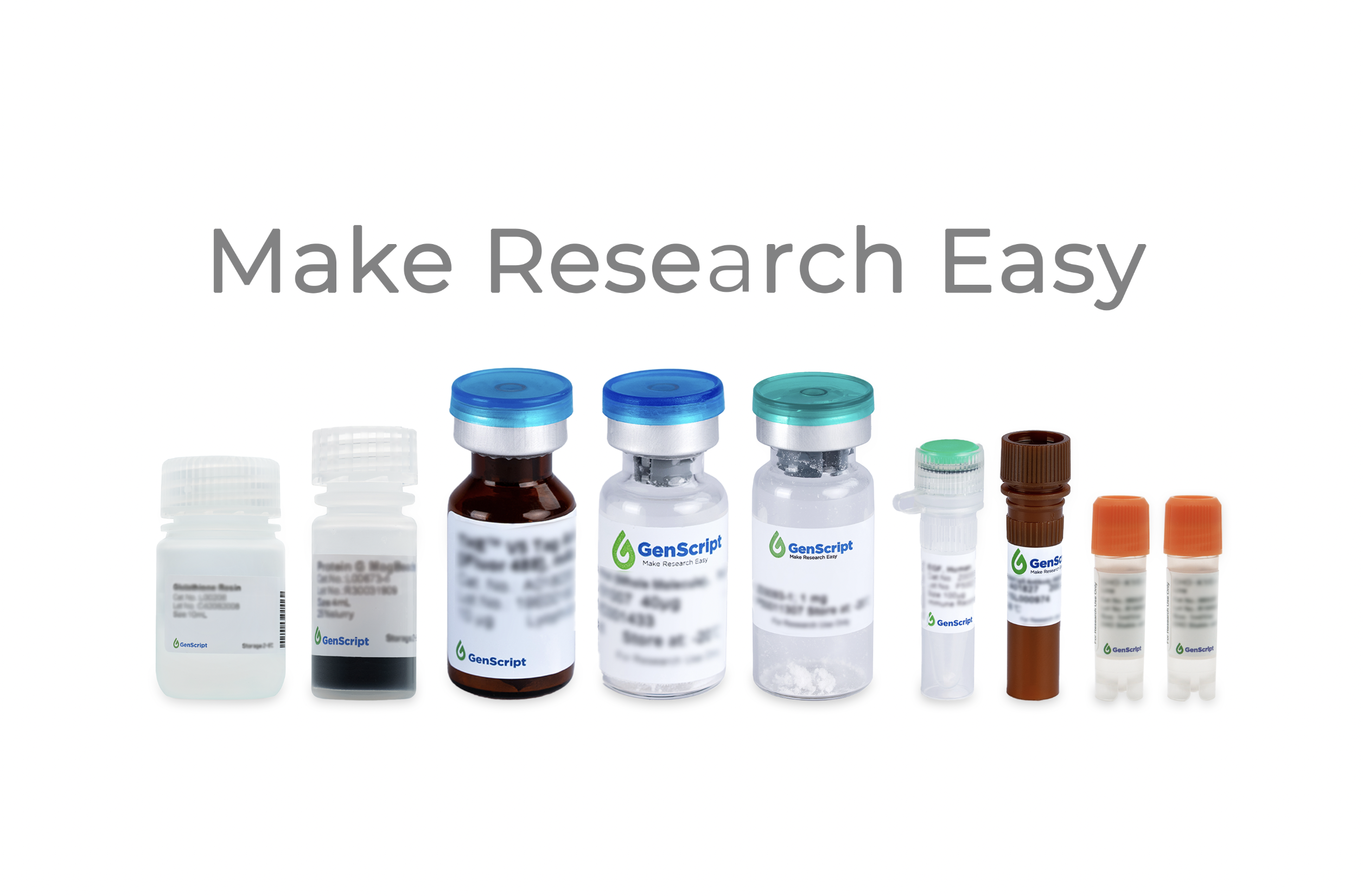CD7 hFc Chimera [Biotin], Mouse
CD7, also known as Leu-9, is an approximately 40 kDa glycosylated and palmitoylated transmembrane protein in the immunoglobulin superfamily.CD7 is expressed on T cells, NK cells , myeloid progenitor cells, and CD19 B progenitor cells. Among CD8 T cells, the CD7-bright population preferentially contains naïve and memory cells, while more weak expressors are primarily effector cells.
| ¥5800 | |
| Z04651-100 | |
|
|
|
|
|
|
|
|
|


































